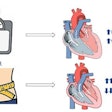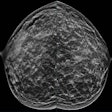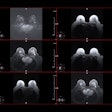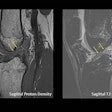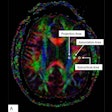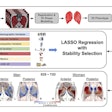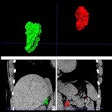Sunday, November 25 | 12:30 p.m.-1:00 p.m. | PH007-EB-SUA | Lakeside, PH Community, Hardcopy Backboard
Sunday highlights at RSNA 2018 will include the presentation of an algorithm designed to improve the calculation of patient radiation dose from chest radiographs. So far, the algorithm has proved more accurate than traditional methods."Current methods of patient dosimetry in diagnostic imaging are both extremely difficult and time-consuming, require large computing resources, or lack accuracy due to using data based on homogeneous materials and standard man-sized anthropomorphic models," the researchers noted in their abstract.
Daniel Sandoval, PhD, a medical physicist in the University of New Mexico Department of Radiology, is scheduled to discuss the method, which uses measurements obtained during routine physics testing of the x-ray unit, data from two-view radiographic images, and mean image grayscale values over the region of interest (ROI).
With the algorithm, formulas determine entrance and exit doses using a new dose-correction factor based on the exposure index and average grayscale value over the ROI. These measures are taken from radiographic images specific to a patient's body characteristics.
The researchers have tested the algorithm on standard and modified phantoms, and they found that calculated doses are within 6% of measured doses for anthropomorphic phantoms. Traditional calculation methods ranged from 2% to 104%, according to Sandoval and colleagues. Total deposited doses were within 17% of measured doses for anthropomorphic phantoms, while traditional methods showed differences ranging from 13% to 113%.







